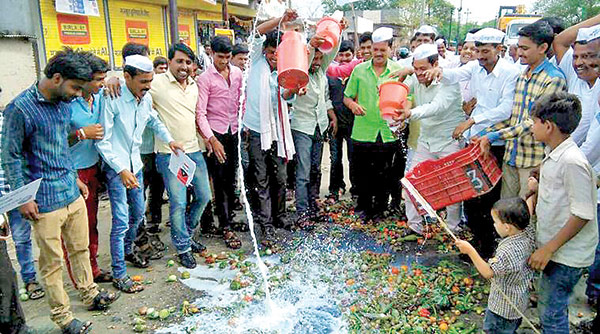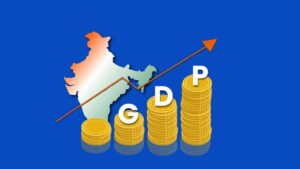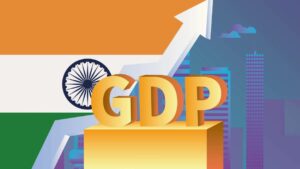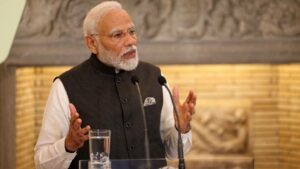The farmers launched their agitation in Madhya Pradesh and Maharashtra at the same time, but situations and demands are not the same, although farmers have the same problem everywhere in the country. A good part of farmer debt arose on rural stress from poor harvests. But the kind of momentum the agitation has assumed hints that there are strong political reasons also as some TV channels have aired a video clip as proof of the Congress’ alleged involvement in MP.
In MP the farmers indulged in violence and a section of them indulged in stone-pelting as well. Milk and vegetables were also thrown in various districts. But despite such wastage, it’s almost a week and nothing has come out of it. Though the farmers’ strike in Maharashtra has been called off, some factions remained dissatisfied with the decision. However, the most worrying aspect is that the protests now seem to be heading in an uncertain direction, with political parties solely using the incident to gain mileage. These power hungry politicians are least interested that the farm loan waiver would prove counterproductive for the RBI’s measures to clean up bank balance sheets.
In MP the problem was made more sensitive by CM himself. Instead of inviting all the organizations CM engaged with just one – the Bhartiya Kisan Sangh, which is affiliated with the RSS. CM announced the end of the stir, with a slew of relief measures. As it turned out, Rashtriya Kisan Mazdoor Sangh, Kisan Union and three smaller farmer organaisation insisted on continuing the agitation until the government agreed to their two main demands – loan waiver and remunerative price for farm produce.
A global banking group in a recent report said that various state governments are expected to waive off $40 billion, or Rs 2,57,000 crore, of farmers’ loans in the run-up to the 2019 general elections in the country. A Bank of America Merrill Lynch (BofA-ML) report also has given identical figures. It said that farm loan waivers will amount to 2% of gross domestic product (GDP) by the 2019 polls, as other states are also likely to follow Maharashtra and UP governments. The report predicts that the Ministry of Finance will eventually have to come up with a UDAY bond-type solution that will securitise banks’ farm loans into long-dated non-SLR state government paper. Although the finance ministry has said that states have to fund their own farm loan waivers, that is scarcely possible without disrupting bond markets.
It was the UPA government, which just before the polls in 2008 announced a loan waiver scheme involving Rs 65,000 crore and three crore farmers, and comfortably came back to power. Watching the success all political parties have joined the bandwagon. The UPA government had waived 1.3% of GDP of farm loans. To fulfill BJP’s pre-poll promise UP Chief Minister decided to waive loans of Rs 36,359 crore taken by about 94 lakh farmers in the state. It was a promise surprisingly made by PM Modi. In 2014, the Telangana Rashtra Samithi government headed by K Chandrasekhar Rao waived crop loans of farmers to the tune of Rs 17,000 crore as part of its pre-poll promise. In Andhra Pradesh, N Chandrababu Naidu’s promised a farm loan waiver involving Rs 1.50 lakh crore before the state elections in 2014. However, banks refused to play the ball. Even the court has intervened in this. When late CM Jayalalithaa had waived the loans of 16.94 lakh farmers, imposing a financial burden of Rs 5,780 crore, the Madras High Court later asked the government to waive additional farm loans to the tune of Rs 1,980 crore.
Reserve Bank Governor Urjit Patel has very clearly raised this point saying that a farm loan waiver undermines an honest credit culture and impacts credit discipline. It could affect the national balance sheet.
But, the most dangerous aspect is, loan waiver schemes engender moral hazard. Reports coming from the states, especially Madhya Pradesh, are clearly hinting that it’s an instigated farmer’s agitation.





















